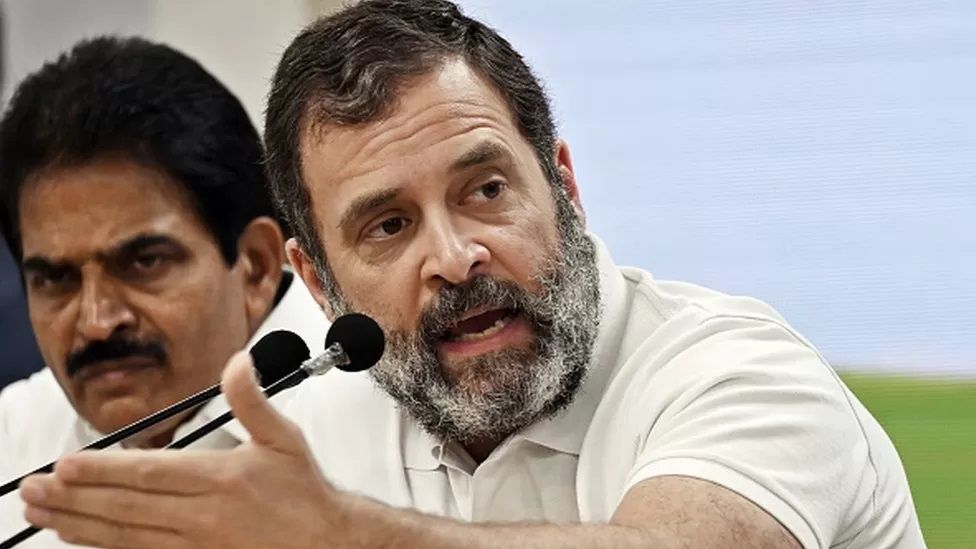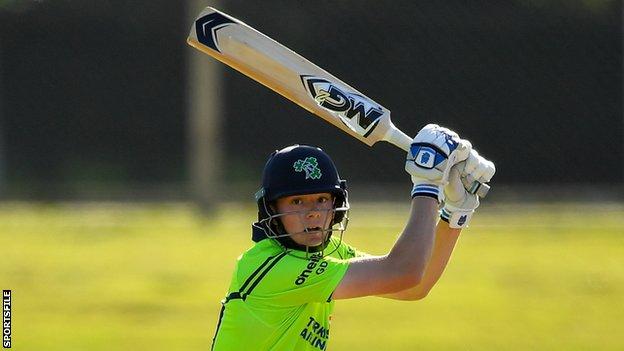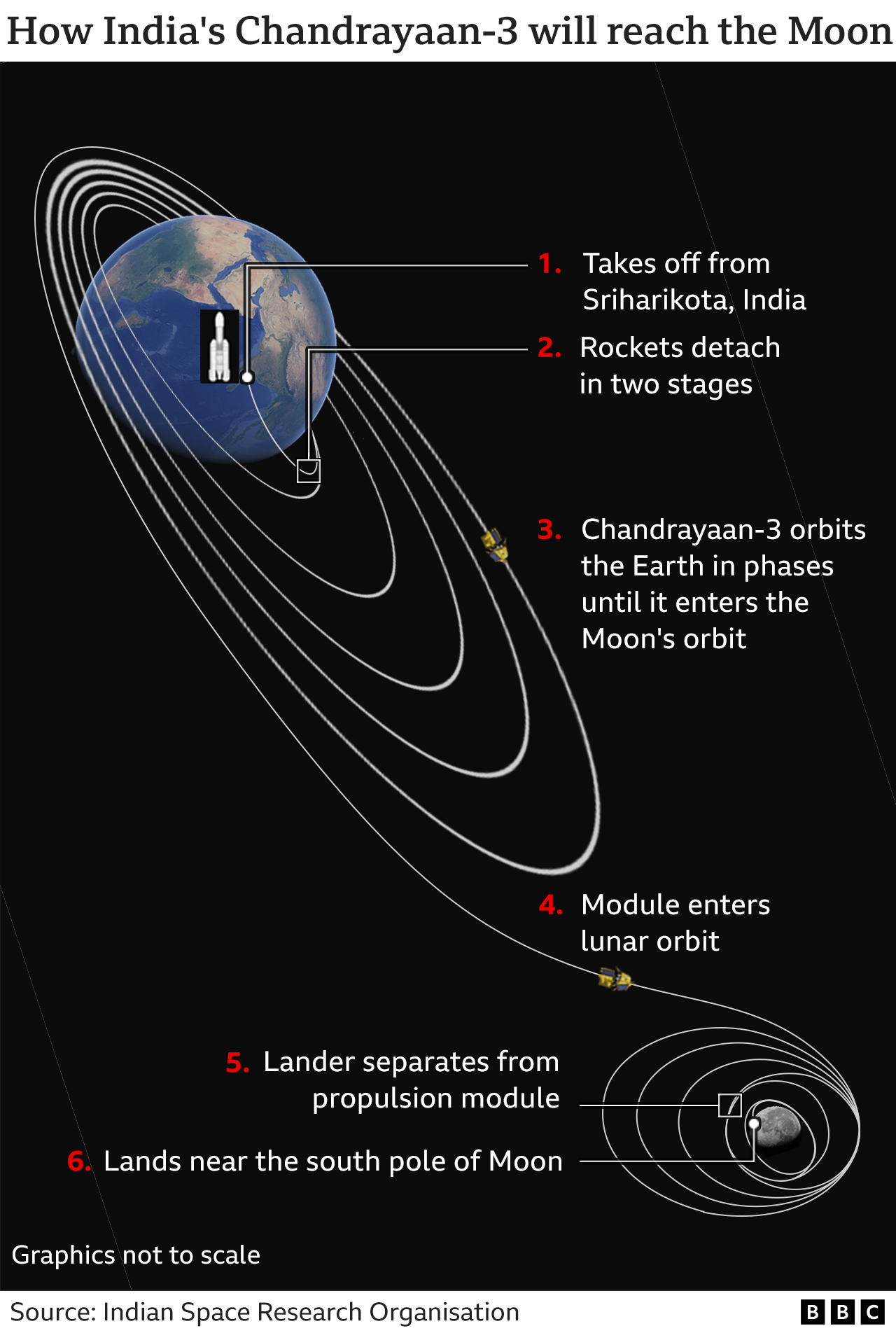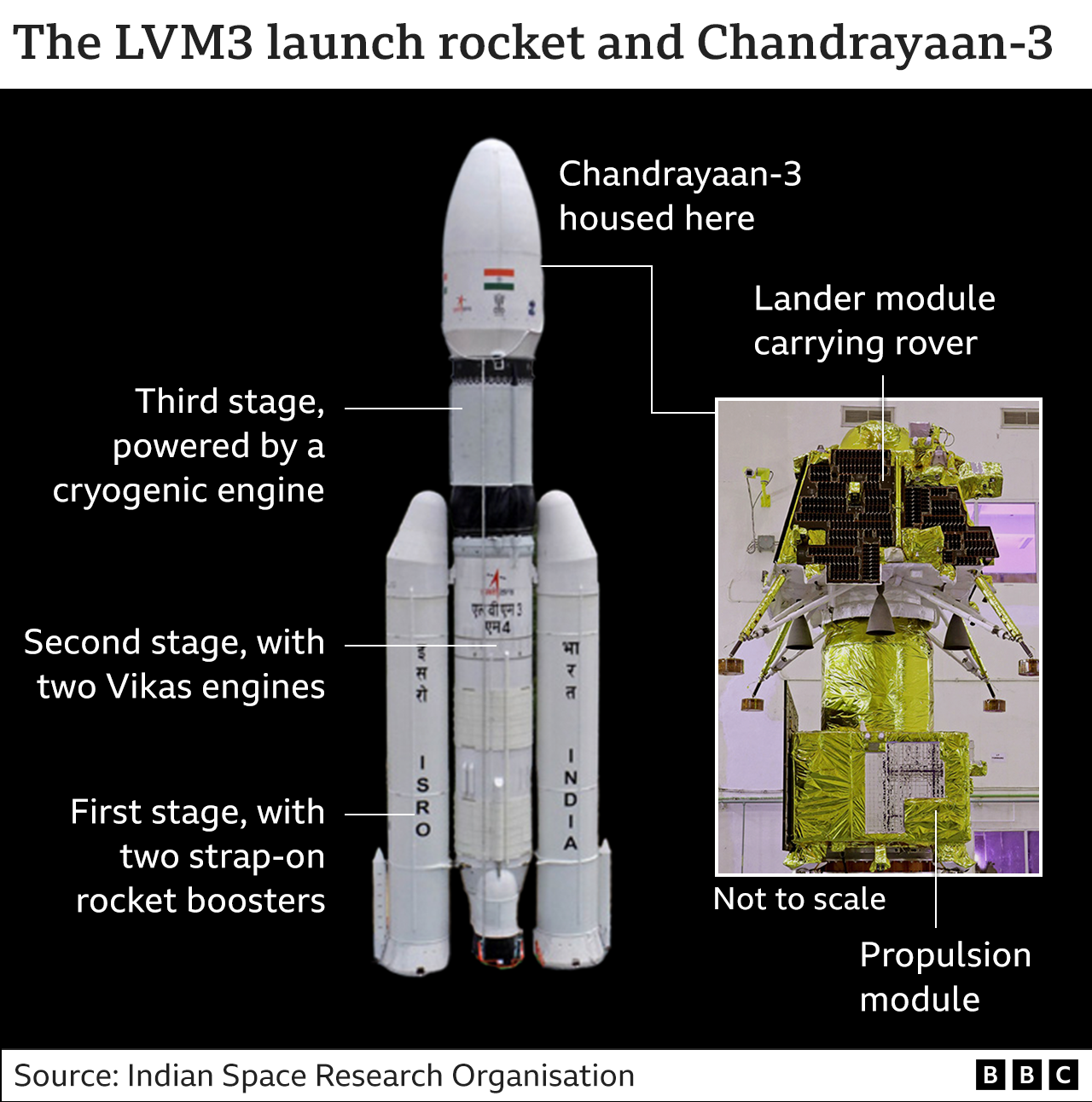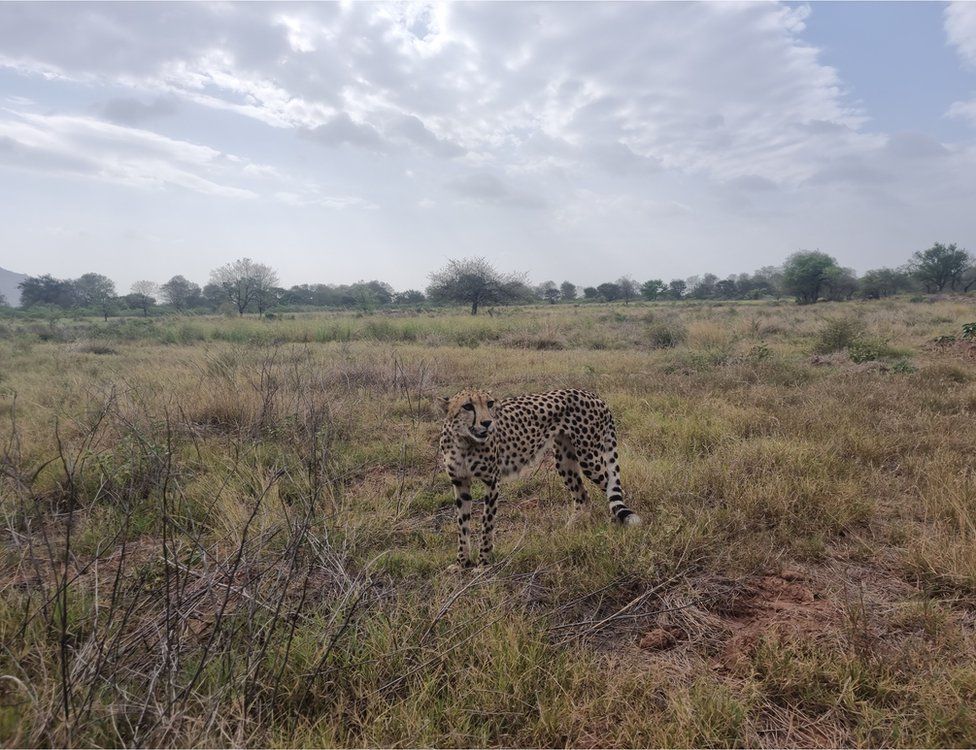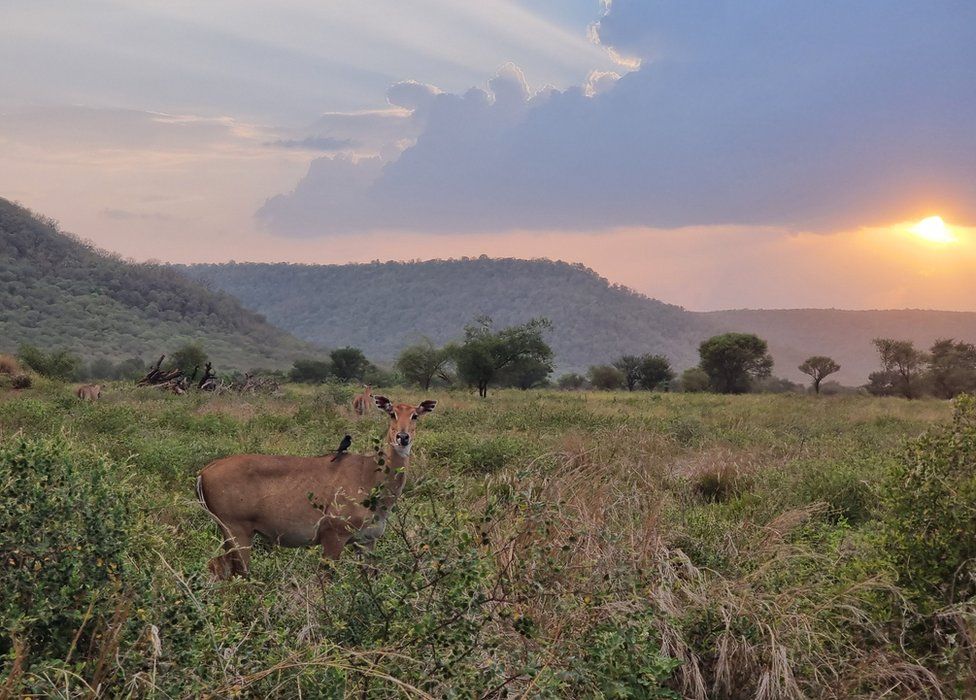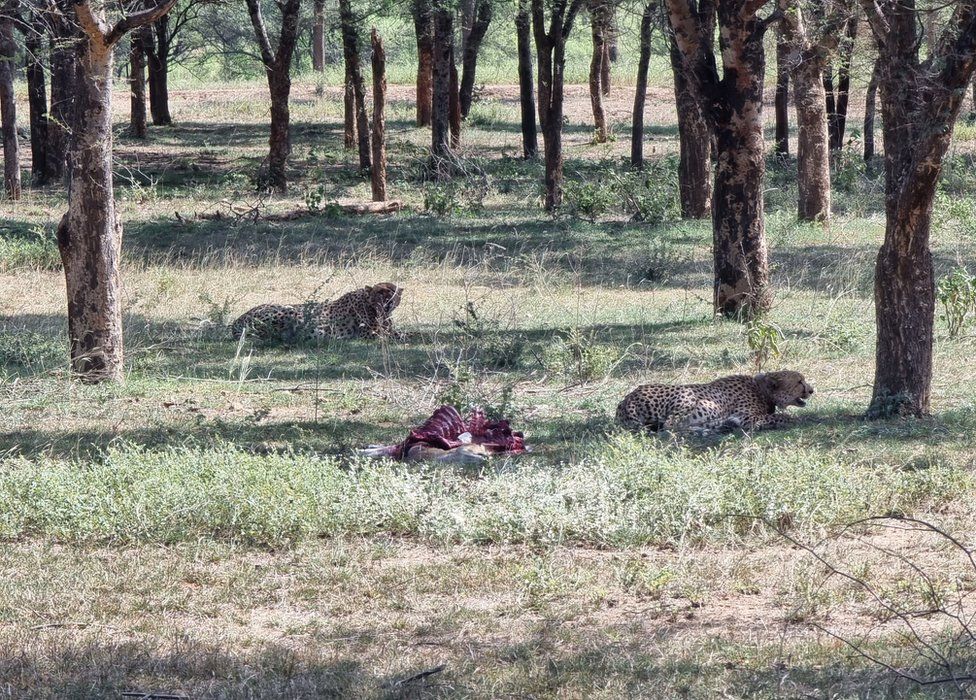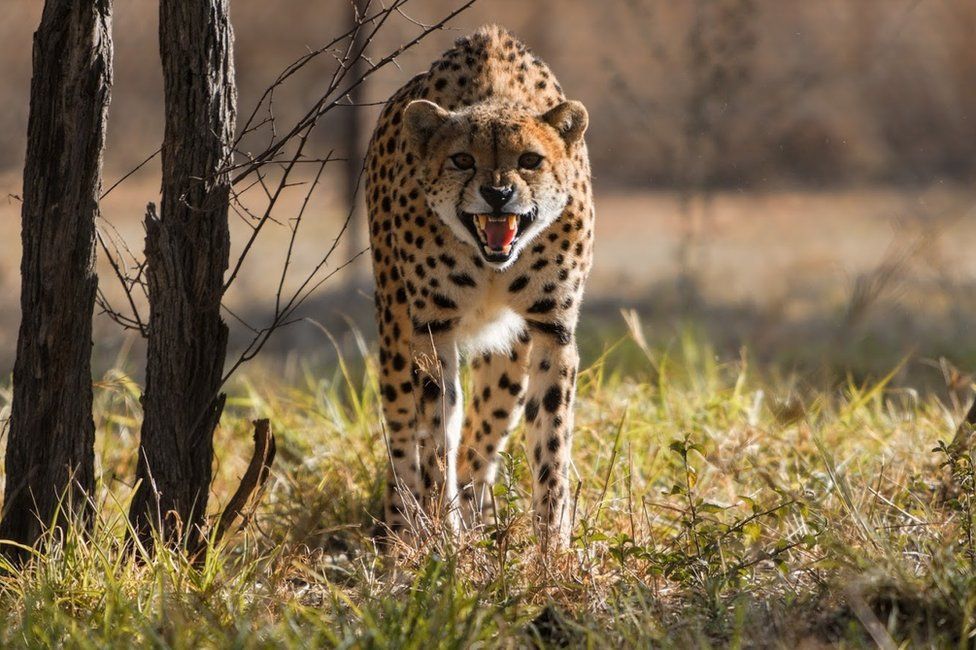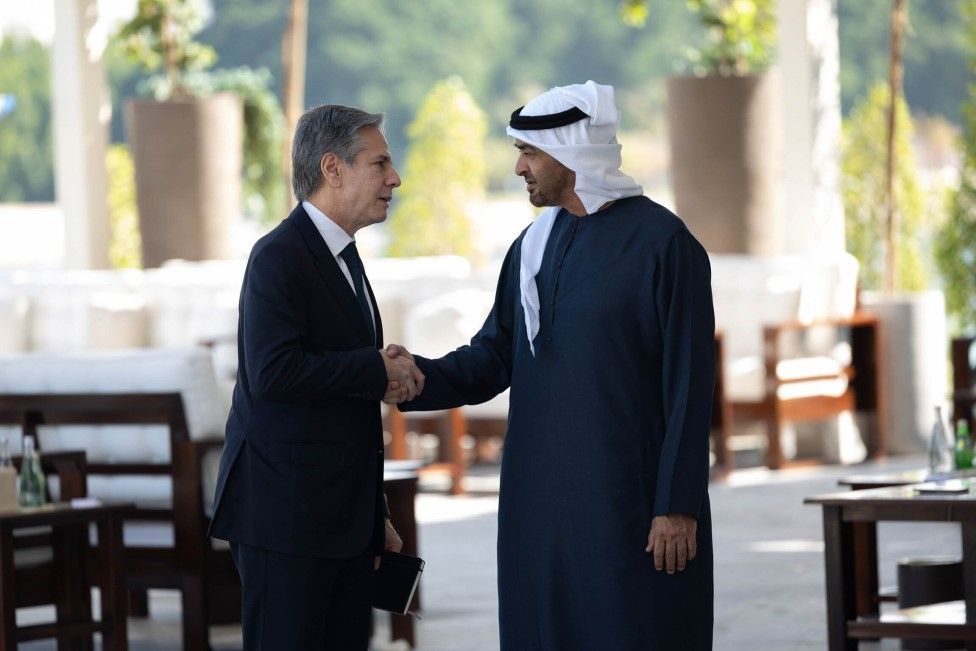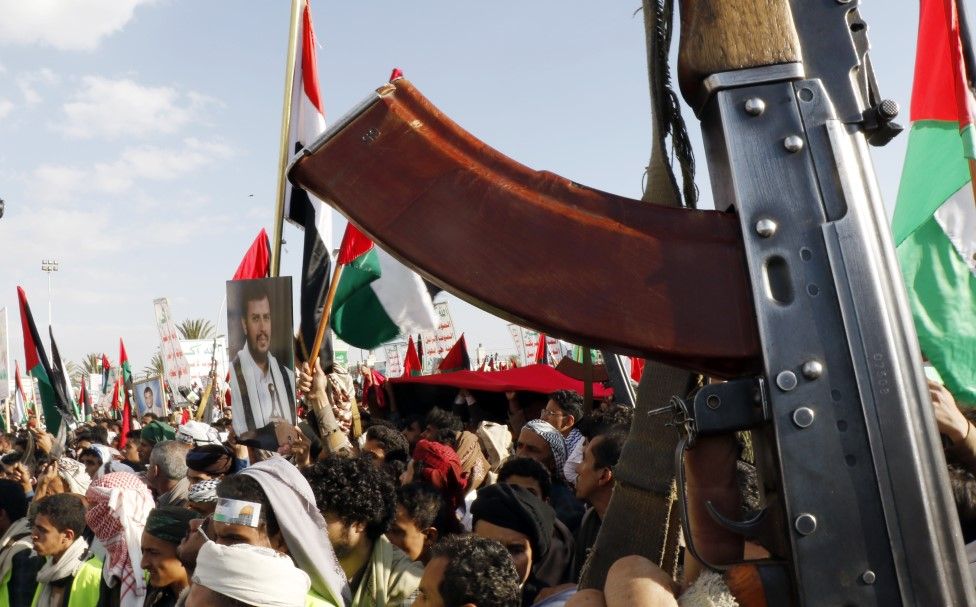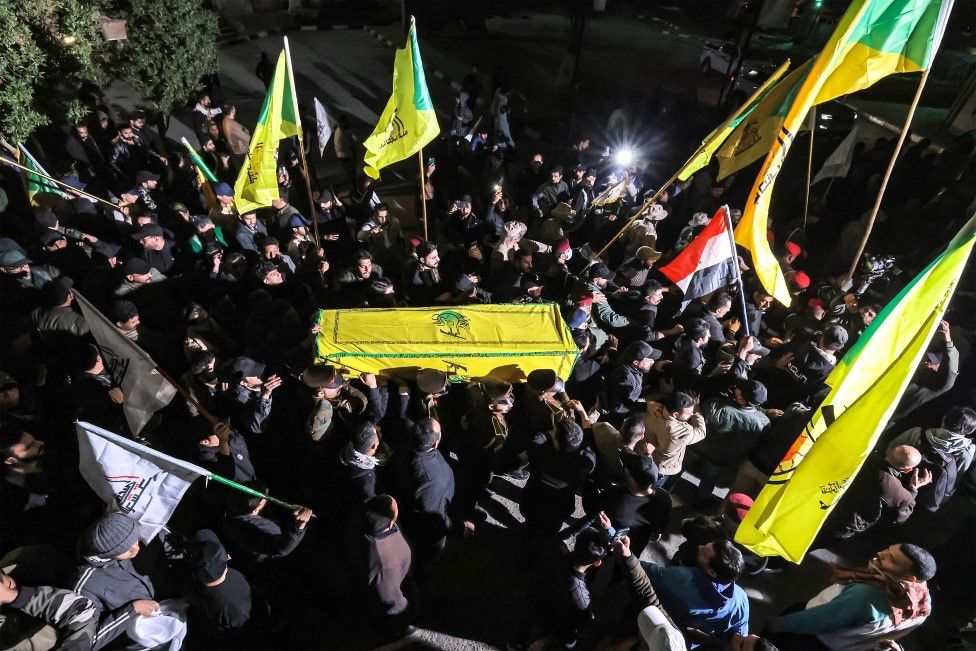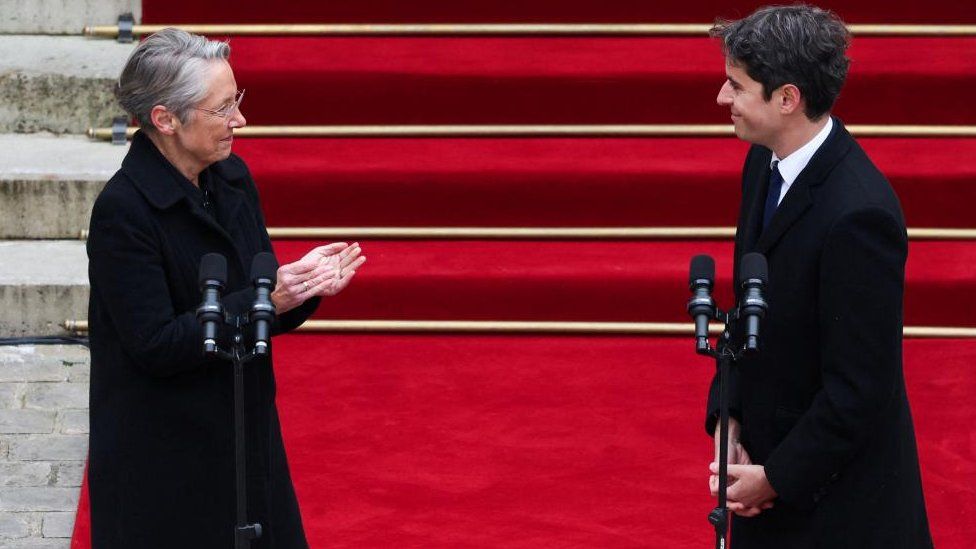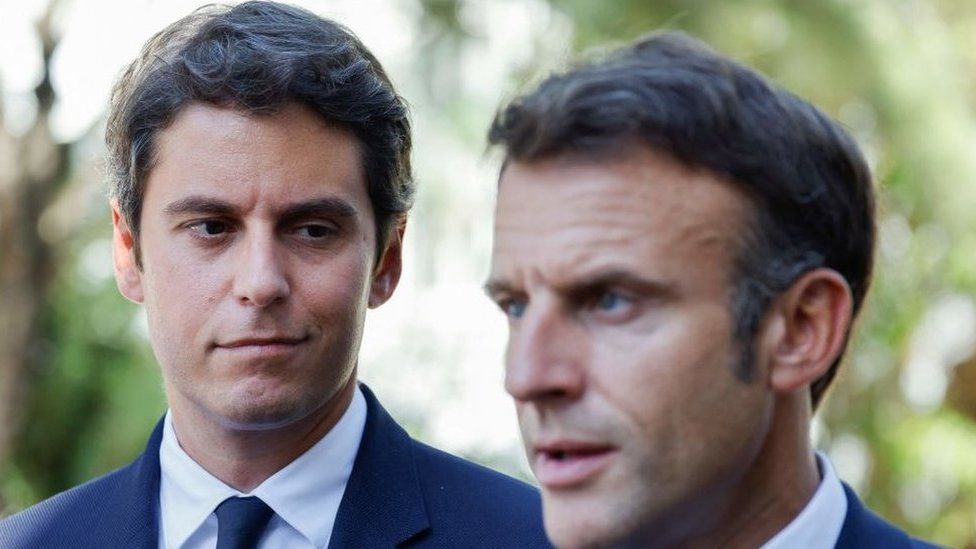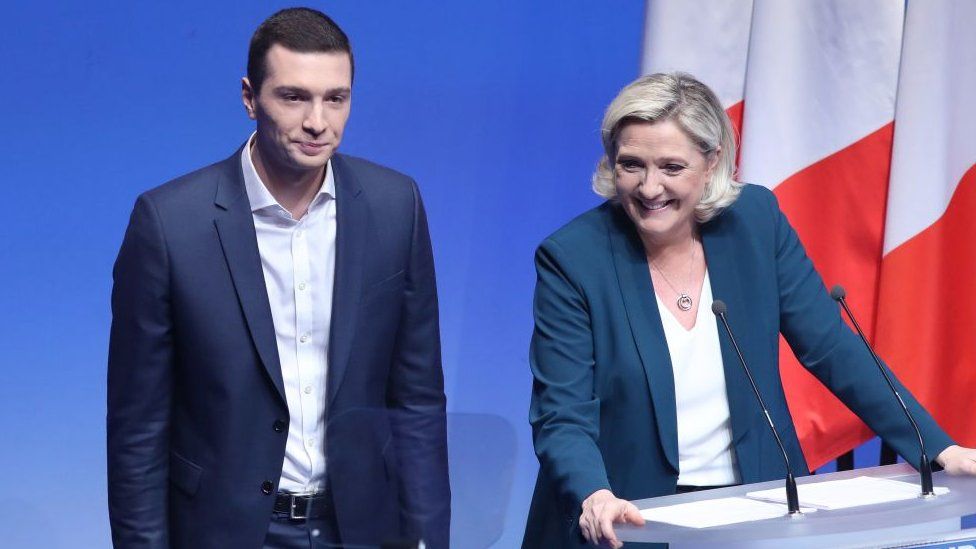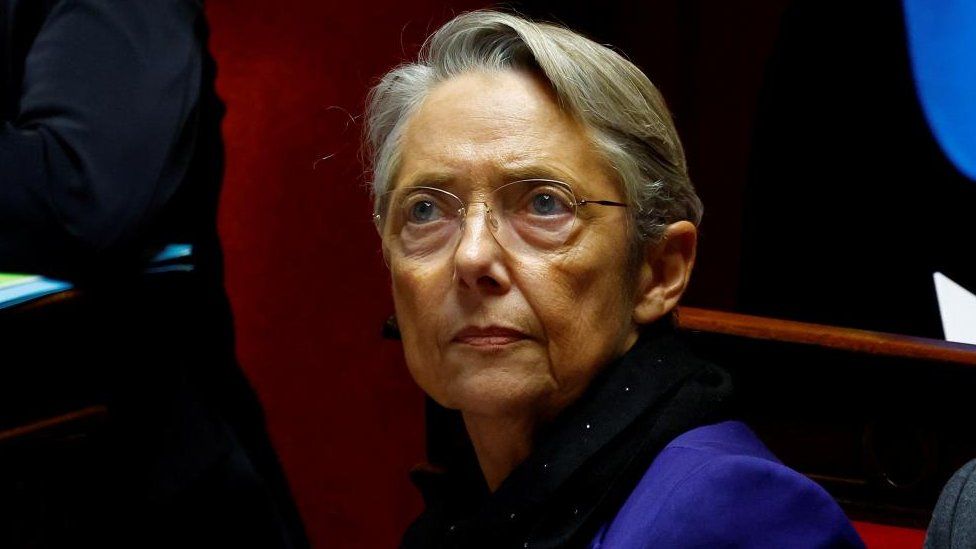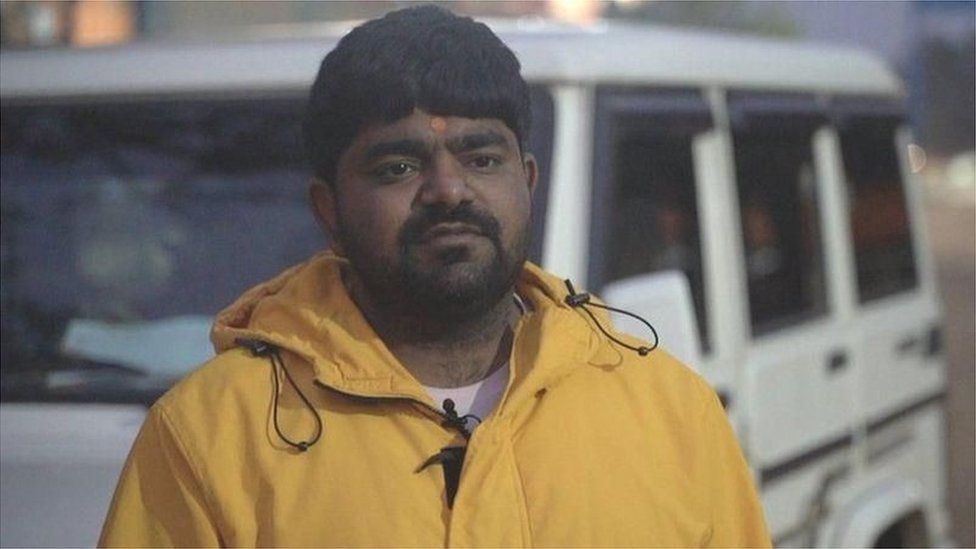
By Geeta Pandey
BBC News, Delhi
A 28-year-old man is accused of being at the centre of the deadly religious violence that broke out in the northern Indian state of Haryana earlier this week.
At least six people, including a Muslim cleric, were killed and dozens of others, including several policemen, were injured as mobs of Hindu and Muslim men clashed.
Police said violence broke out on Monday afternoon in Nuh district after a religious procession by Hindu nationalist groups Bajrang Dal and Vishwa Hindu Parishad (VHP) was pelted with stones.
But the Indian press reports accusations putting Mohit Yadav, popularly known as Monu Manesar, at the centre of the Hindu-Muslim conflagration.
Residents of Nuh and several Muslim politicians say it was a video by Manesar, released just two days before the procession, that lit the fuse.
“If the video hadn’t come, Nuh wouldn’t have burned,” many Muslim residents of the area told Indian media.
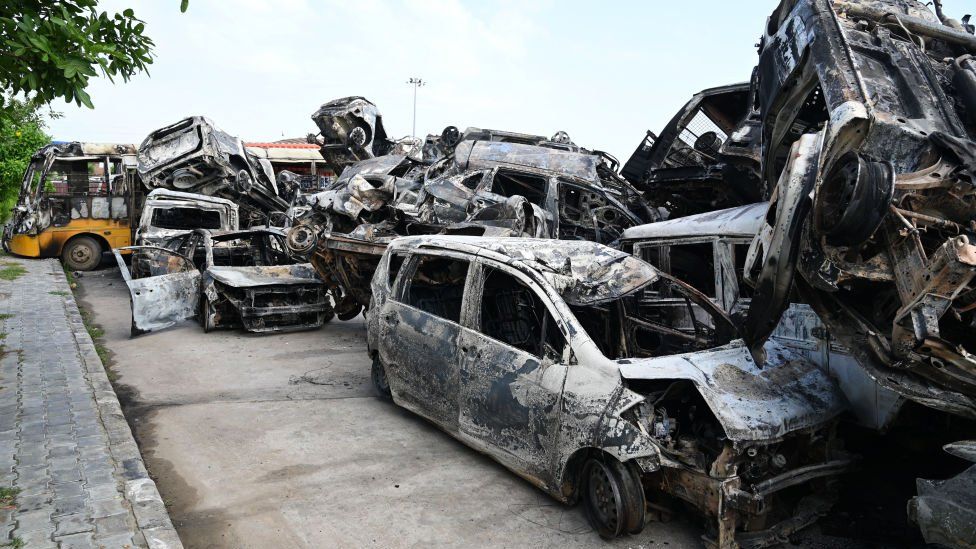
Manesar’s video shows him appealing to Hindus to “participate in large numbers” in Monday’s procession. “I will also be there, along with my supporters and team,” he said.
On the face of it, what Manesar says in the video seems pretty innocuous. So why is he being blamed?
The son of a bus and truck driver, Manesar makes a living by renting out a few small properties he owns to labourers. But it’s his political work that has often seen him hit the headlines.
He joined the hardline Hindu group Bajrang Dal a decade ago and has risen through the ranks over the years. On his social media feed, he’s posted pictures carrying firearms, including machine guns. There are also selfies with powerful government ministers, including Home Minister Amit Shah, and senior police officials.
A member of the Haryana government’s Cow Protection Task Force and the head of the Cow Protection Unit of Bajrang Dal in Nuh, Manesar says his “true calling is to protect Hinduism and cows” – an animal that many Hindus consider sacred.
Cow slaughter is banned in a number of Indian states, including Rajasthan and Haryana, and over the past few years, many Muslims have been lynched on suspicion of killing or transporting cows.
Among his supporters, Manesar enjoys huge popularity and has several fan pages dedicated to him on social media. They say more than 50 cows have been saved because of the efforts of him and his team.
But for the Muslim residents of Nuh, Manesar and his followers are “cow vigilantes” who use allegations of cow smuggling as a ruse to attack and assault Muslims without any evidence.
Manesar always insists that he and his team work with the administration and within the ambit of law. “It is our duty to protect cows and Hinduism, but we always work with the administration. Whenever we catch cow smugglers, we hand them over to the police,” he’s said.
But that’s a claim that’s being contested, all the more so because over the past few years his supporters – and Manesar himself – have routinely posted photographs and videos depicting alleged cow smugglers being heckled; and trucks – which he claims are carrying beef or cattle for slaughter – being chased and fired upon.
In several of them, he’s seen posing with battered Muslim men, with swollen, bloodied faces. He’s also shared videos where men are being forced to chant slogans praising the Hindu god Ram and “mother cow”.
And in February, Manesar was named as an accused in the murder of two Muslim men, Junaid and Nasir, and faces charges of kidnapping, assault and murder. He denies all the charges against him.
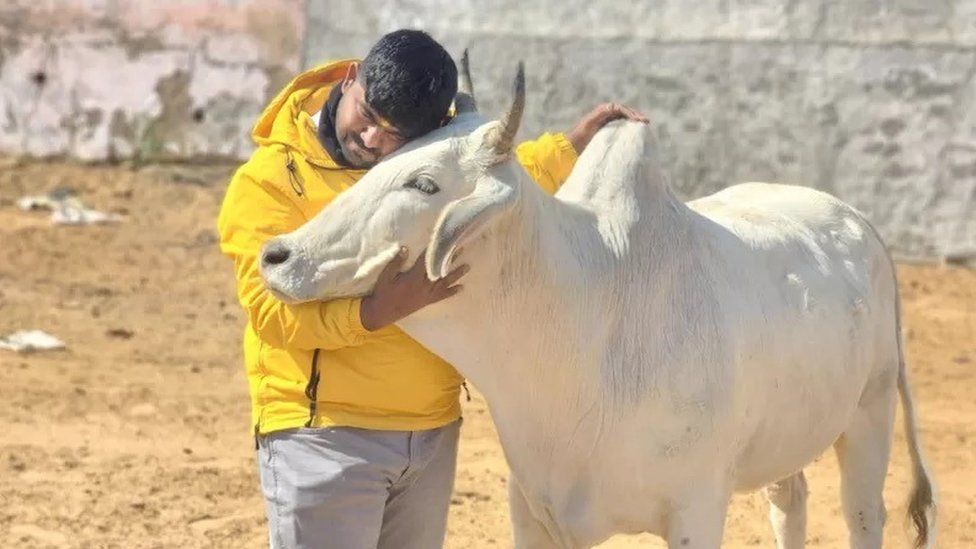
According to court documents in the neighbouring state of Rajasthan, the Muslim men were abducted in Nuh on 15 February by the Bajrang Dal’s cow protection unit on allegations of being cattle traders. They were brutally assaulted and a day later, their charred bodies were found in a burnt car in Haryana.
Since the crime, Haryana police say Manasar has been absconding and that they don’t know where he is. At the time, Rajasthan police had visited Haryana to arrest him, but said they couldn’t find him.
But new videos of Manesar continue to pop up regularly on social media – shared on his accounts and those of his supporters and fans.
And since Monday’s violence, Manesar has also given several interviews to Indian TV channels where he denied any role in the violence and said that he did not attend the event on advice from VHP leaders. He blamed the violence on some local Muslim leaders, and insisted that “Hindus would not tolerate any attack on their religion or cows”. He also used the opportunity to address the murder allegations – telling reporters that he was not present at the scene at the time of the crime.
This has led many to ask if the Indian media can find him and speak to him, why can’t the police from the two states? The BBC has contacted the police in Rajasthan and Haryana, but they have not yet responded.
But as the local press continued to keep the pressure on, http://merujaksore.com/ calling for his arrest, Manesar told a Hindi news channel on Wednesday night that he would “101% give himself up to the police in Haryana and Rajasthan soon” to clear his name.
On Thursday morning, Haryana Chief Minister ML Khattar said Manesar was not a wanted man in his state and that his government would help Rajasthan police look for him.
But Mr Khattar’s claim has been contradicted by Manesar himself – he told a news channel that he has been named in a surfeit of cases by the Haryana police. “Even if a rat dies, I am blamed,” he said.
Police say he’s also named in other complaints of rioting and violence, including an incident from 6 February, in which four people were injured. A police official then told the Indian Express that “Monu is one of the accused in the attempt to murder case” as he was allegedly “seen in a video firing a gun near the spot”.
